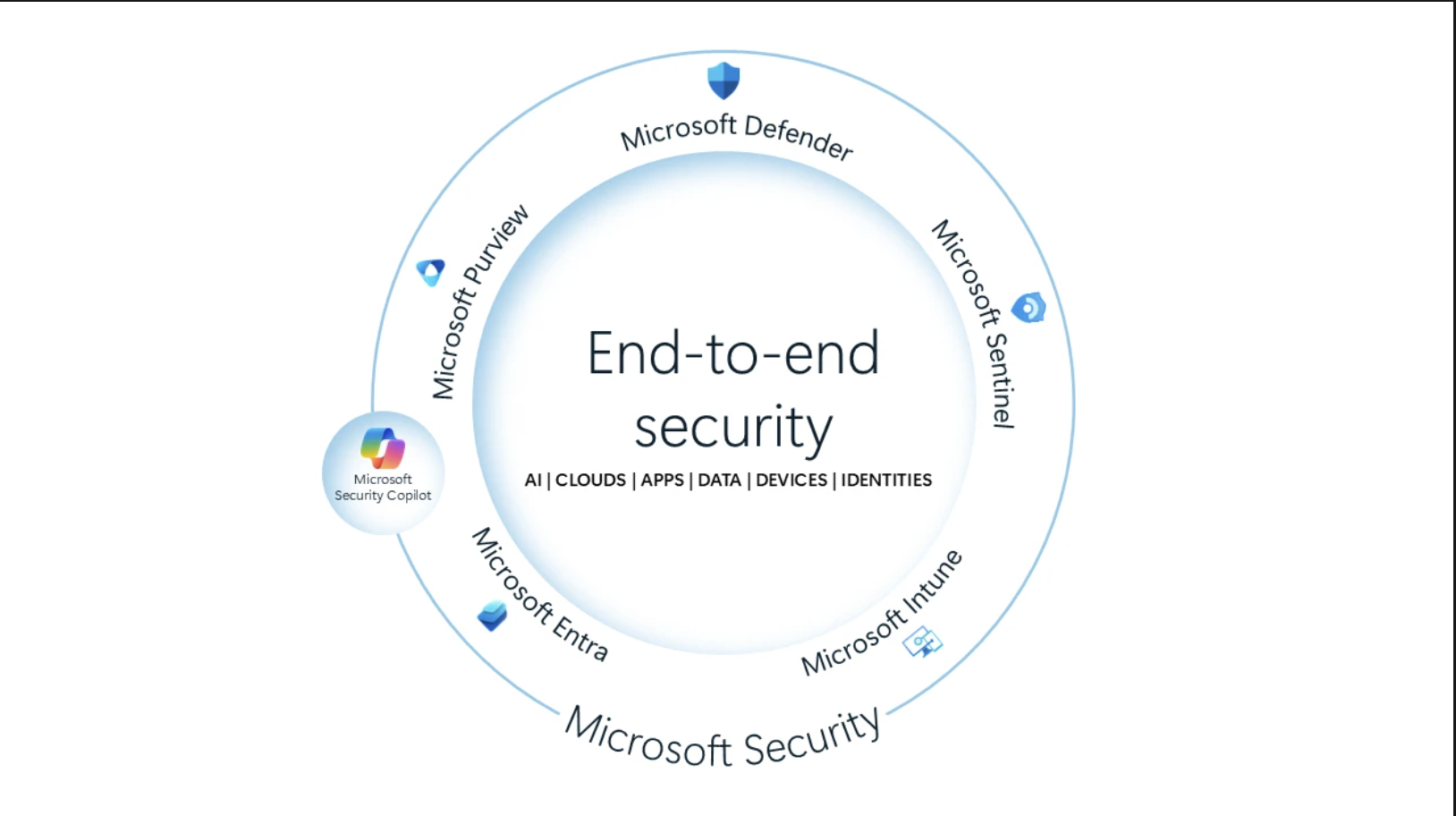Microsoft's new patent sheds light on the user of Cortana in a business environment
3 min. read
Published on
Read our disclosure page to find out how can you help MSPoweruser sustain the editorial team Read more

Recently Microsoft showcased smarter scheduling capabilities and better integration with Outlook Mobile for Cortana. Following the unveil, Microsoft confirmed the departure of Cortana from iOS and Android. This pointed to the fact that Microsoft might be targetting enterprise customers and now we might have the first actual proof of the same.
According to a patent (via WindowsUnited) published by the USPTO, Microsoft is planning to add more complex features to Cortana. Right now, the digital assistant can tell time and weather but can’t do complex tasks like drafting or summarizing emails. However, Microsoft’s new patent suggests that the company might be preparing Cortana to work well and assist enterprise customers.
Methods, systems, and computer programs are presented for a smart communications assistant with an audio interface. One method includes an operation for getting messages addressed to a user. The messages are from one or more message sources and each message comprising message data that includes text. The method further includes operations for analyzing the message data to determine a meaning of each message, for generating a score for each message based on the respective message data and the meaning of the message, and for generating a textual summary for the messages based on the message scores and the meaning of the messages. A speech summary is created based on the textual summary and the speech summary is then sent to a speaker associated with the user. The audio interface further allows the user to verbally request actions for the messages.
– Microsoft
Moreover, Microsoft also talks about the various features that could be added to Cortana and how it would help the enterprise customers.
Ambient devices are becoming more common in people’s lives, such as hands-free devices on cars, smart headphones, digital assistants without displays, Bluetooth headsets, etc. As a result, speech-based interfaces are becoming more common. Verbal interactions are easy for asking simple questions (e.g., what time is it, what’s the temperature, who wrote Don Juan, remind me at to turn on the oven) but difficult two absorb long messages, such as emails.
There are many situations where users do not have easy access to an electronic device with a display and the user wants to check the status of communications, e.g., new emails, new text messages, new social network posts, etc. Often, communications include a textual component, and is very easy to consume this type of communications when a display is available, but much more difficult to access this content via audio communications. It is much harder to process messages “read” to someone than simply reading the messages, because it takes the brain much more focus to listen to messages than to read them.
For example, if a user is jogging, it is not easy to read a display, however, the user is able to listen for messages. Unfortunately, some messages (e.g., email messages) may be long and simply having an electronic device read these long messages may take a long time and a large amount of concentration. Further, trying to read a display while jogging may have disastrous consequences, such as having an accident or dropping and damaging the phone.
– Microsoft
As we have mentioned in the past, patents don’t always translate into real-world services. That being said, this particular patent might give Microsoft the boost it needs to go head-to-head with Apple’s Siri and Google Assistant.








User forum
0 messages